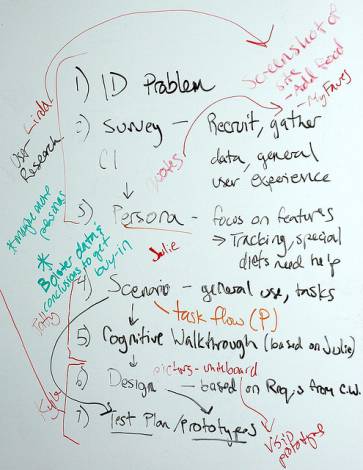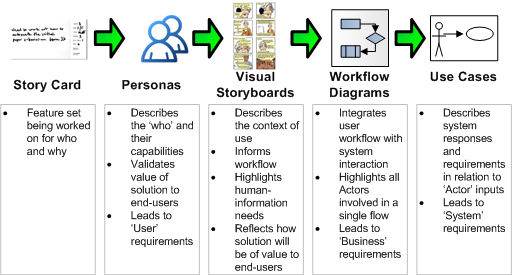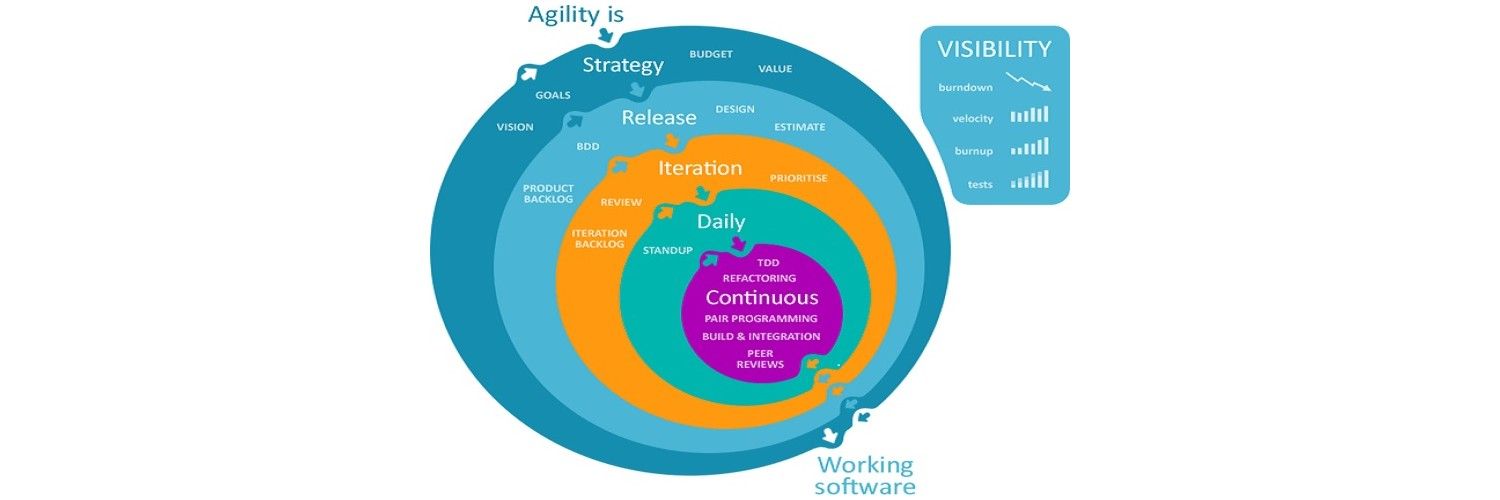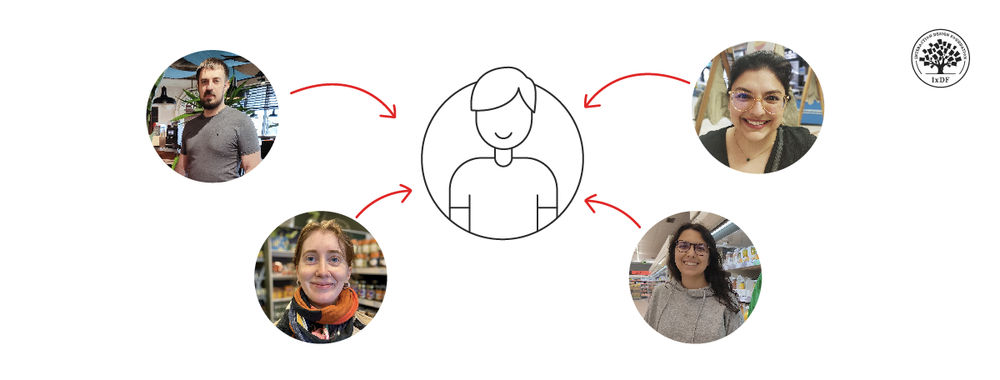Development budgets often have limited funding for UX practices, especially with the rising cost and limited availability on the development front. This has led to the use of lightweight usability testing methods and the rapid movement toward agile usability engineering. In 2003, Jakob Nielson recommended that tech projects should spend around 10% of their total budget on product usability which is a major cost to take into consideration.
Unfortunately cutting budget in agile UCD means costs and time constraints on UX practices which often means teams don’t have enough time to focus on design which can take a large knock on other aspects of the project.

Author/Copyright holder: Wonderlane. Copyright terms and licence: CC BY-NC 2.0
The iterations between sprints is far too short and can often mean that usability testing is cut out completely for a particular sprint. This may also mean that users and customers may not be tested or consulted correctly. Overall there might not even be time to complete particular project stages and in the worst cases might even halt development of a project.
Insufficient or ignoring user feedback may also mean that user involvement in the product may be sacrificed so developers may often be forced to make improvements and adjustments without consultation based on guess work by the developers themselves or the design team where they will be forced to guess the roles of users when assessing the design which will lead to countless issues down the road.

Author/Copyright holder: Matthew Hodgson. Copyright terms and licence: CC BY-NC 2.0
With UXers only being involved part time can mean that the team is working blind with very little information to work off. A lack of planning or no sprint cycle planning can set the whole project off on the wrong foot and can be difficult to take the project back on track. This can potentially lead to countless bugs and unimplemented features which may leave the project looking and functioning like a prototype.
Global focus is also vital as everyone should be working from the same plan and drive the project toward a common goal with their focus on the bigger picture. To follow a common goal also requires strict communication which can be an issue if members are working from different locations or have dependency issues with each other.
Overall combining UCD and agile methods can be a bumpy ride and there is a number of things to consider when taking this approach.
References & Where to Learn More
Header Image: Author/Copyright holder: Agile Apps. Copyright terms and licence: All rights reserved. Img
Course: Interaction Design for Usability












